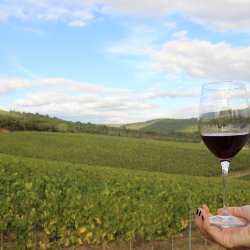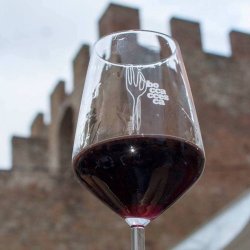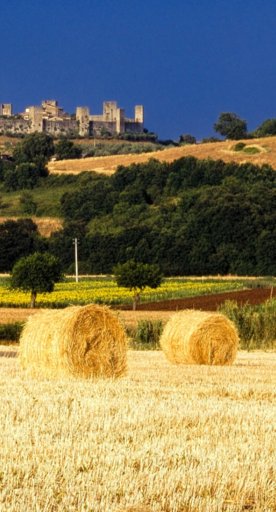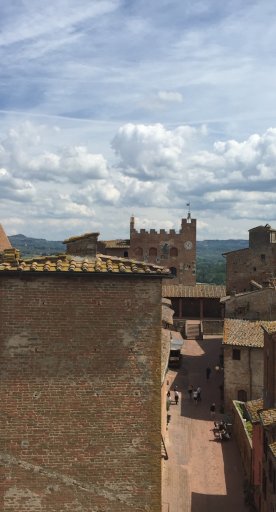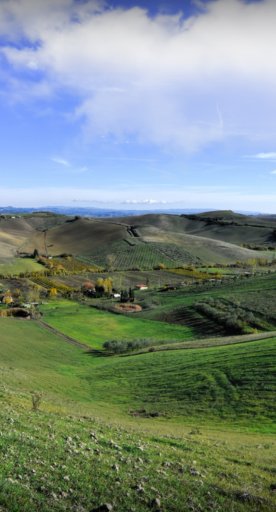

Nature along the Via Romea Strata
From the mountains of Pistoia to the marsh of Fucecchio, in the footsteps of pilgrims from bygone eras, surrounded by pristine environments of utter charm
In medieval times, a selection of ancient routes from northeastern Europe led pilgrims and wayfarers to the main pilgrimage destinations of Rome, Jerusalem and Santiago de Compostela. These routes include the Romea Strata which, from the Brenner Pass, went through the Po Valley to reach the Apennine mountain passes of Modena and Pistoia, thus entering Tuscany. Within the region, the route extends some 68 miles (110 kilometers), touching the Pistoia Mountains , the city of Pistoia, the Montalbano mountain range, Vinci, and the low-lying towns of Fucecchio and San Miniato in Valdarno Inferiore. Laden with history and art, these places offer unique views of high naturalistic value, hosting valuable habitats, and even rare species of vegetation and fauna.
-
1.Appennino pistoiese
-
2.The Montalbano
-
3.The hills of Leonardo
-
4.Padule di Fucecchio
Appennino pistoiese
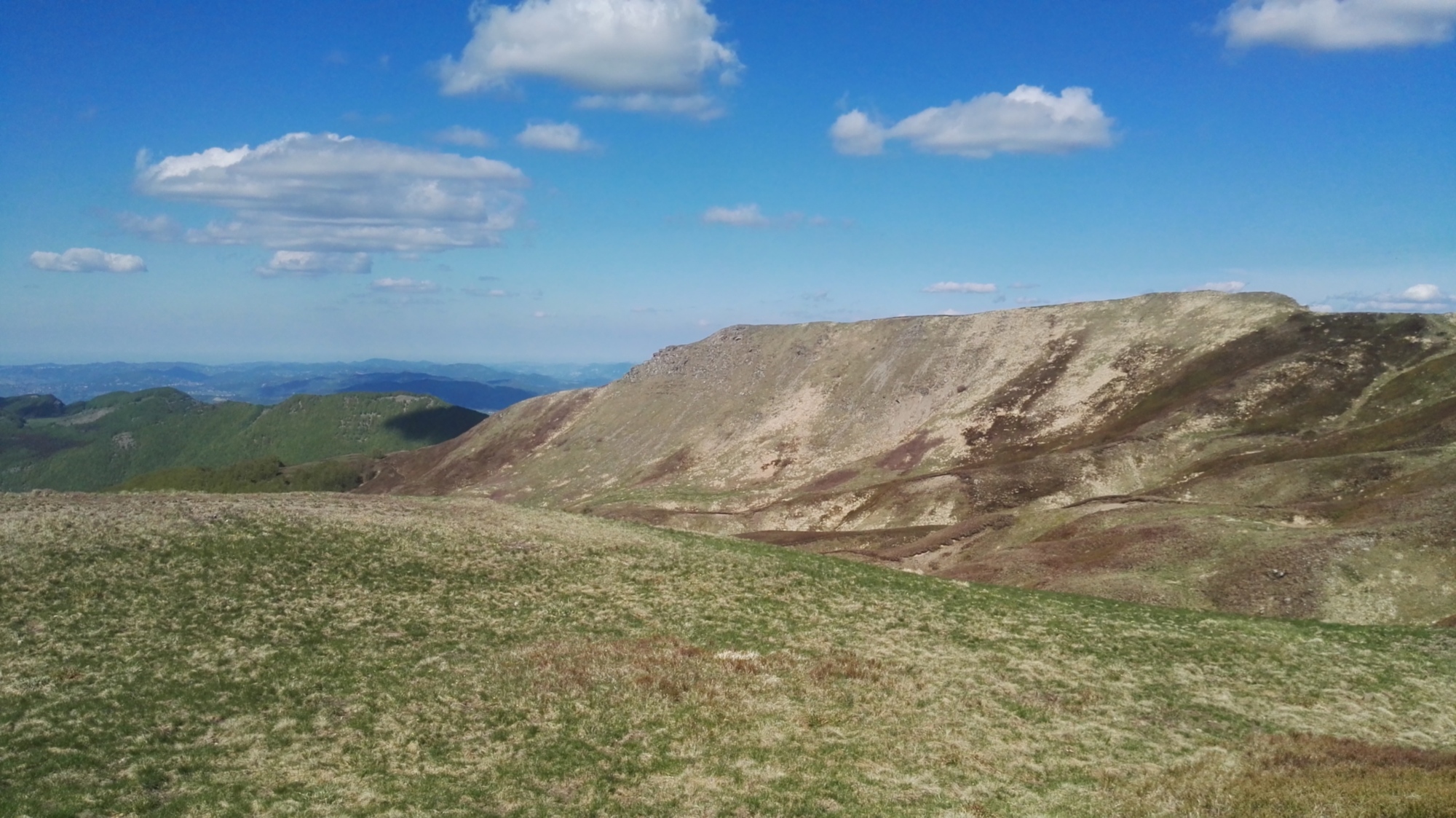
The Romea Strata enters Tuscany by crossing the Passo della Croce Arcana at an elevation of just over 1 mile (1669 meters) above sea level, bedazzled by breathtaking views of Apennine peaks such as Cimone and Libro Aperto. The typically alpine landscapes of Alta Toscana are home to a land whose profile is sinuously cadenced by deeply incised valleys and heights crowned by lush forests and lakes of glacial origin. These wonderful landscapes include extensive and wild forests of beech, fir, chestnut, turkey oak, and hornbeam, in environments that welcome large mammals such as deer and wolves.
The Montalbano

This mountainous relief cuts through the provinces of Pistoia, Florence and Prato, as a ‘green lung’ separating the Florence-Prato-Pistoia plain and Valdarno Superiore from the Valdarno Inferiore. This area is of special historical interest due to splendid Medici villas, found in Poggio a Caiano, Montevettolini, and Artimino. The land is furrowed by a ridge that was encircled by a vast fenced forest, predominantly populated by holm oak, used for hunting purposes. Even today, patches of the fencing remain. The natural area is populated by numerous species of wildlife, also encompassing various A.N.P.I.L. (Protected Natural Areas of Local Interest), to safeguard the natural, scenic and historical value.
The hills of Leonardo

Hills punctuated by the geometric forms of vineyards and olive groves characterize the valley on the slopes of the Montalbano massif. In this beautiful setting is Vinci, a village with a Tuscan soul and birthplace of the greatest genius of all time, Leonardo da Vinci. These hills, where ancient art is complemented by contemporary art, provide beautiful rural and natural vistas. Semi-wild but still precious habitats extend the Montalbano natural area and provide food and shelter for local wildlife.
Padule di Fucecchio

Fucecchio, where the Via Romea Strata grafts onto Via Francigena, gives its name to the largest wetland in the Italian interior, the eponymous Padule di Fucecchio. Because of its special richness of flora and fauna related to marshy environments and historical value, this marsh is shielded by two protected natural areas, one within the Florentine territory, and the other within the territory of Pistoia. Of inestimable naturalistic value, this expanse is a paradise for birdwatchers, animated by various species of herons, grebes, black-winged stilts and many other bird species that frequent this large wetland.





